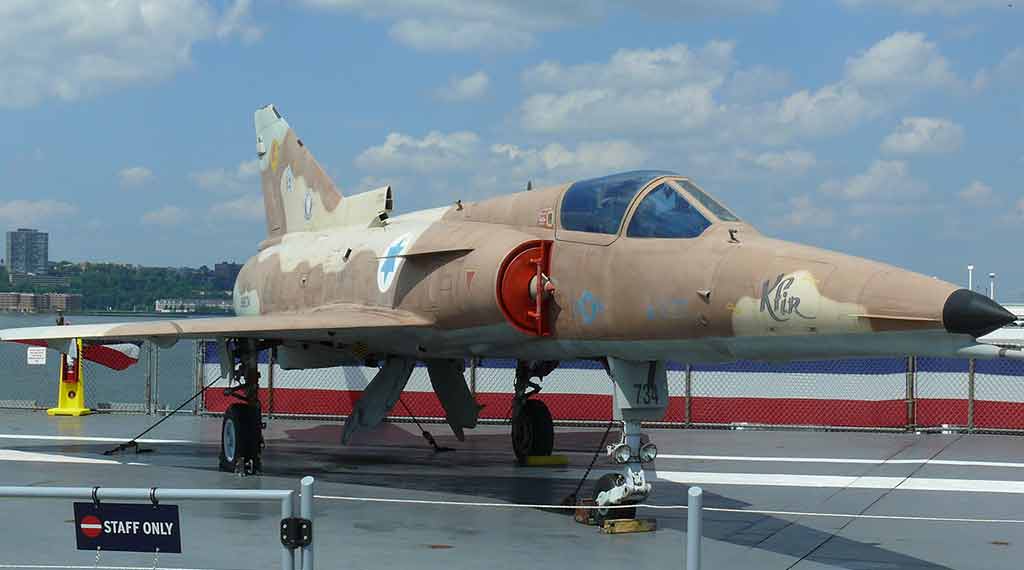Israel’s Air Force had 1 fighter plane no air force wanted to fight

The Israeli Air Force’s Kfir combat aircraft, derived from the French Dassault Mirage 5, played a crucial role in Israel’s air capabilities.
-Initially relying on the Mirage III, Israel sought a longer-range platform for ground-attack missions, leading to the development of the Kfir. The Kfir, equipped with the General Electric J79 turbojet, offered superior thrust and performance.
-Entering service in the mid-1970s, the Kfir was eventually overshadowed by the American-made F-15 Eagle. Despite this, the Kfir saw combat in Lebanon and remained in service until the late 1990s, with some foreign operators still using it today.
How Israel’s Kfir Fighter Revolutionized Its Air Force
The Israeli Air Force’s Kfir combat aircraft was derived from the French-designed Dassault Mirage 5. In the immediate years following its founding, the Jewish state relied heavily on the French platform. In fact, Israel was perhaps the most prolific operator of the Mirage III outside of the French Air Force. This robust aircraft contributed to Israel’s victory against Jordan, Egypt and Syria during the Six Day War of 1967.
The platform also earned its combat-proven service record for its role in the 1973 Yom Kippur War. France and Israel shared close relations around this period and the Mirage IIIC specifically was tailored to fulfil the distinct defense needs of the Jewish state.
- America’s Supercarriers Are Back in Force in the Pacific - December 30, 2025
- Israel’s $2 Iron Beam Laser Could Disrupt Missile Warfare - December 23, 2025
- US Stands Up New Drone Strike Force in the Middle East - December 9, 2025
